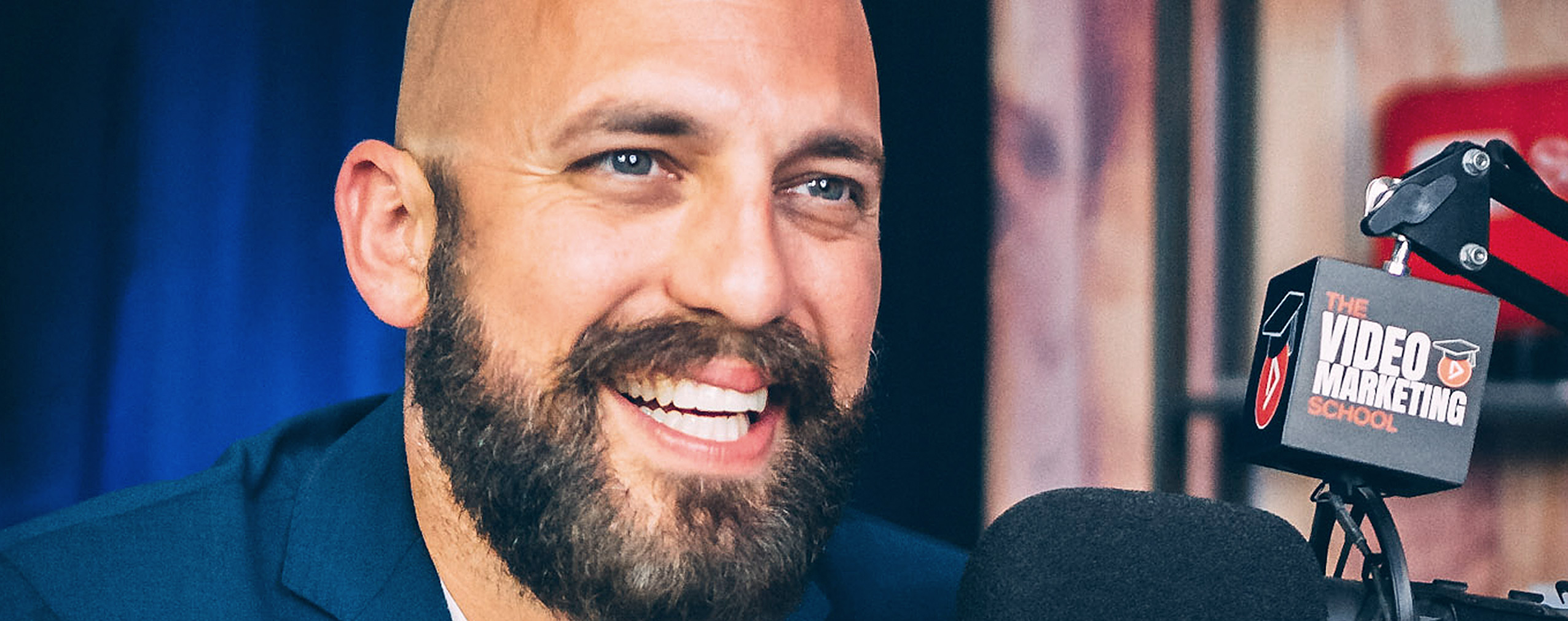Hosting a webinar is a fantastic way to boost sales, engage with new and existing customers, and help strengthen your brand. Your webinar also helps you to shine as a trusted authority in your industry. However, to fully utilize the power of webinars, it’s important to engage your audience with a post-webinar follow-up.
By crafting an efficient and highly useful post-webinar follow-up you are able to convert more sales and increase interest for your next webinar. In fact, it is a big mistake forgetting to engage with your audience with a post-webinar follow-up. After all, you spent much time and effort in preparing for and presenting your webinar and it’s important to make the most of your efforts.
What are some of the best ways to craft a post-webinar follow-up to make sure and engage with your audience as much as possible?
How to Craft a Post-Webinar Email
You don’t have to worry that an email you send after your webinar will be viewed as an annoying marketing tactic. If crafted properly, the email can provide valuable information for your audience. What should the post-webinar email include and what are the best ways to use them?
Send out the post-webinar email promptly
First of all, it’s important to send out information within 24 hours of the event. This is an excellent way to remind the attendee some of the key points from the webinar while it is still fresh in mind.
The first piece of important information in a well-crafted webinar email is to include a “thank you” to the audience member for attending the webinar. Each person who attended your webinar contributed to the webinar’s success.
Next, you should include bulleted list of the main points of the webinar. This can serve as a helpful reminder and you can include information about your promoted products or services.
Your follow up email should also provide something of value for the attendee. For example, if you used educational slides, you could make these into a PDF document and send it as an attachment.
Alternatively, you could provide one or two hyperlinks to gain exclusive access to member-only areas of your website. You could also send a transcript of the webinar for future use. The main purpose is to construct your email so that it provides something of value for your audience.
Sending out a follow-up email promptly is also an important way to engage with those registrants who didn’t attend. There can be many reasons why a person registered for the webinar but failed to show up. It’s not always the case that the person wasn’t interested. Sometimes they just forgot, or some unexpected event happens. Therefore, it’s important to reach out to them to engage with them and provide useful information.
You can express your regret that he/she didn’t show up. You should also include a bulleted list of the main points covered in the webinar and a link to watch a recording of the event. This may generate more interest in your product or service and lead to more sales.
Post webinar survey
Another way to effectively engage with your audience after hosting an online event is to send a survey. This can be especially useful if not many attendees converted during the webinar. Therefore, a great and simple idea is to think of the main reasons why a person wouldn’t convert and then send out a one-click survey.
You could also try to find out what kind of topics your audience would be interested in for your next webinar. Again, it’s important to construct this type of follow-up email as a one-click survey to encourage more recipients to respond.
Extra Q&A information
Another way that you can design emails to send after a webinar event is to include information that you didn’t have time to cover in the presentation. For example, if during the Q&A session, there were some unanswered questions or if you didn’t have time to discuss them, you could use these in a follow-up email.
The best way to do this is to create a PDF document and send it as an attachment. This has the advantage that it looks much more professional and will be viewed as something of greater value than just including the information in the body of an email.
Call to Action
We all know that a call to action should be at the end of all emails. Depending on the nature of your industry, you could offer a trial demonstration, money off coupon, or discount code. It is always important to finish off post-webinar follow up emails with a great call to action.









